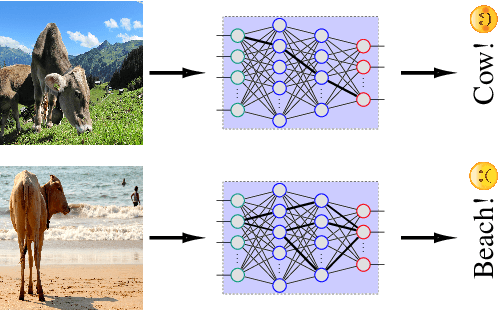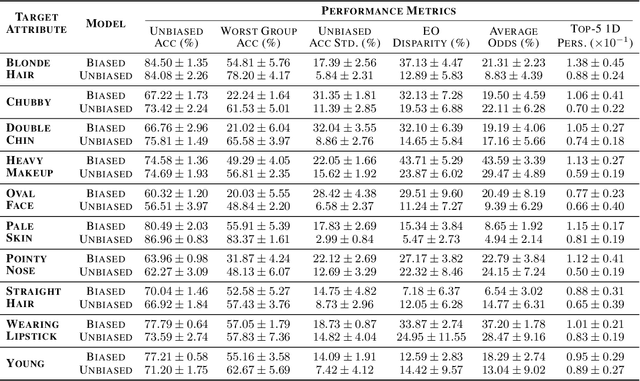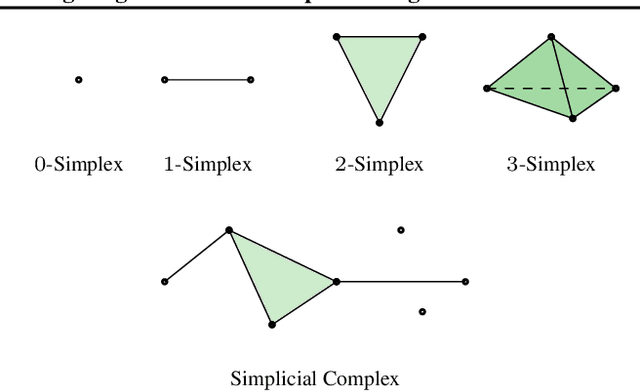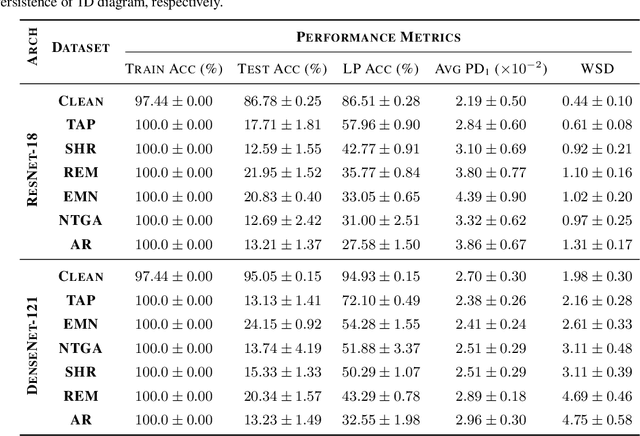Be Persistent: Towards a Unified Solution for Mitigating Shortcuts in Deep Learning
Paper and Code
Feb 17, 2024



Deep neural networks (DNNs) are vulnerable to shortcut learning: rather than learning the intended task, they tend to draw inconclusive relationships between their inputs and outputs. Shortcut learning is ubiquitous among many failure cases of neural networks, and traces of this phenomenon can be seen in their generalizability issues, domain shift, adversarial vulnerability, and even bias towards majority groups. In this paper, we argue that this commonality in the cause of various DNN issues creates a significant opportunity that should be leveraged to find a unified solution for shortcut learning. To this end, we outline the recent advances in topological data analysis~(TDA), and persistent homology~(PH) in particular, to sketch a unified roadmap for detecting shortcuts in deep learning. We demonstrate our arguments by investigating the topological features of computational graphs in DNNs using two cases of unlearnable examples and bias in decision-making as our test studies. Our analysis of these two failure cases of DNNs reveals that finding a unified solution for shortcut learning in DNNs is not out of reach, and TDA can play a significant role in forming such a framework.
 Add to Chrome
Add to Chrome Add to Firefox
Add to Firefox Add to Edge
Add to Edge